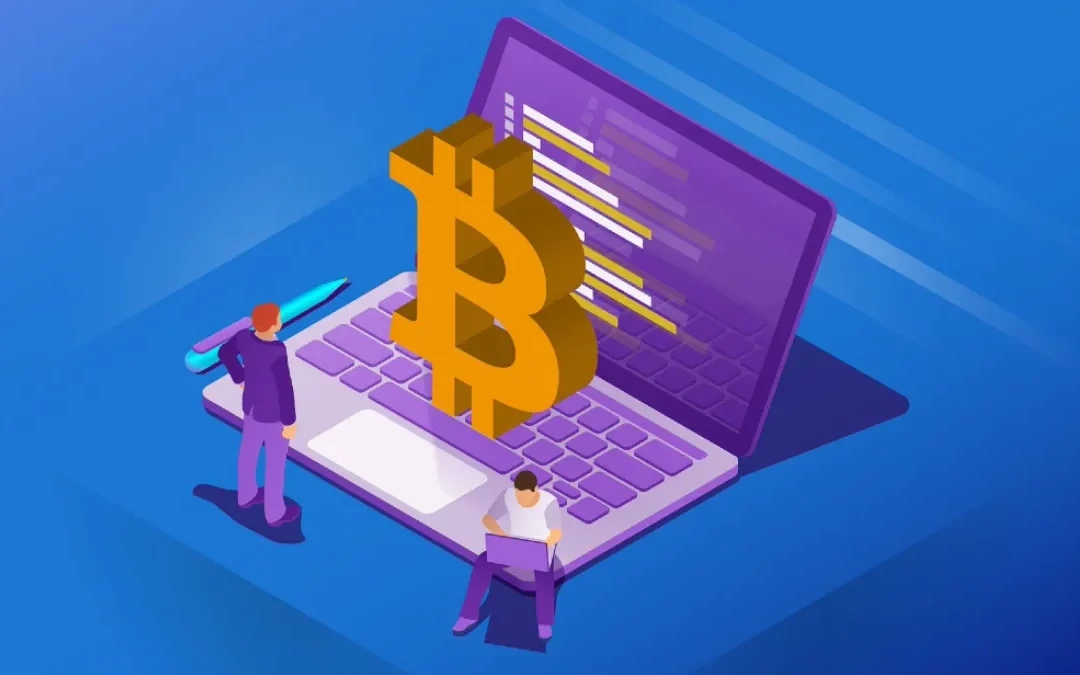Can Bitcoin Mining Be Profitable for Small-Scale Miners?
Bitcoin mining was once a hobbyist’s dream—anyone with a decent computer could participate and earn rewards. But as Bitcoin’s difficulty has skyrocketed and mining has become more industrialized, small-scale miners now face a tough question: Is Bitcoin mining still profitable for individuals in 2025?
The short answer? It depends on your strategy. Let’s dive into the key factors that determine whether small-scale mining can still be a money-making venture.
Understanding Bitcoin Mining Costs
Bitcoin mining requires solving complex cryptographic puzzles, which demands high computing power. The biggest costs for small-scale miners are:
Electricity
Mining rigs consume a lot of power. The profitability of mining largely depends on electricity costs in your region.
Hardware
ASIC miners (Application-Specific Integrated Circuits) are the most efficient, but they can be expensive. Older or less efficient machines may not generate enough Bitcoin to cover electricity costs.
Mining Pool Fees
Solo mining is nearly impossible for small-scale miners due to competition from large farms. Joining a mining pool means sharing block rewards but getting more consistent payouts.
How Much Can Small-Scale Miners Earn?
Earnings depend on factors like the Bitcoin price, mining difficulty, and the efficiency of your mining rig. Here’s a rough breakdown:
- A mid-range ASIC miner, like an Antminer S19, can generate around 0.0003-0.0005 BTC per day at current difficulty levels.
- If Bitcoin is priced at $50,000, that translates to $15–$25 per day before expenses.
- With electricity costs of $0.10 per kWh, the daily electricity cost could be $8–$12, leaving a small profit margin.
Of course, if Bitcoin’s price rises significantly, mining profits could increase as well.
Strategies for Small-Scale Miners to Stay Profitable
Despite the challenges, small-scale miners can still turn a profit with smart strategies:
Find Cheap Electricity
Miners in areas with low electricity costs (such as certain U.S. states, Canada, or parts of Asia) have a major advantage.
Use Energy-Efficient Hardware
Investing in the latest ASIC miners can maximize output while keeping energy consumption lower.
Join a Mining Pool
Instead of mining alone, joining a reliable mining pool ensures you receive smaller but regular payouts.
Optimize Cooling & Maintenance
Heat reduces mining efficiency. Keeping your rig cool and well-maintained extends its lifespan and prevents downtime.
Consider Renewable Energy
Some miners use solar or hydroelectric power to cut electricity costs and increase profits.
The Future of Small-Scale Bitcoin Mining
With Bitcoin’s next halving in 2024, mining rewards will drop from 6.25 BTC to 3.125 BTC per block. This means mining will become even more competitive. However, if Bitcoin’s price surges, small-scale miners could still find opportunities.
Additionally, new mining technologies and potential regulatory changes could shift profitability in unexpected ways.
Final Verdict: Is It Worth It?
Bitcoin mining is not as easy or profitable for small-scale miners as it was a decade ago. However, those who find cheap electricity, invest in efficient hardware, and use strategic mining techniques can still make a profit—especially if Bitcoin’s value continues to rise.
For most individuals, mining as a side hobby or using excess energy (like solar power) might be the best approach rather than relying on it for full-time income.

